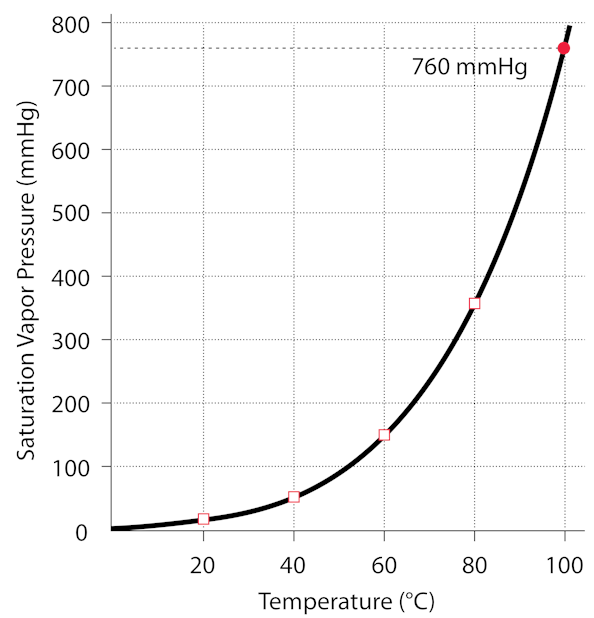I've read the video description several times, and I still don't understand. This bit in particular:
Whenever there is a heat transfer from the bulk water to the lid (condensing the vapor), the water boils, no matter the absolute temperature.
Is the idea that water condenses at a lower energy state, so when cold is applied, the water vapor turns to liquid? If so, what does that have to do with the water boiling?
I don't understand.
